What I had to first realize; when my training began; and how martial arts helped me survive in the art business.
Finding My Voice: Reflections of a Self-Taught Artist
by Gregory Manchess
manchess.com
I was 18, selecting classes at the Minneapolis College of Art & Design when my enthusiasm was destroyed by an instructor who verbalized the school’s attitude toward painting and drawing. Tuition wasn’t cheap, either, just like today. So began my distrust of art education.
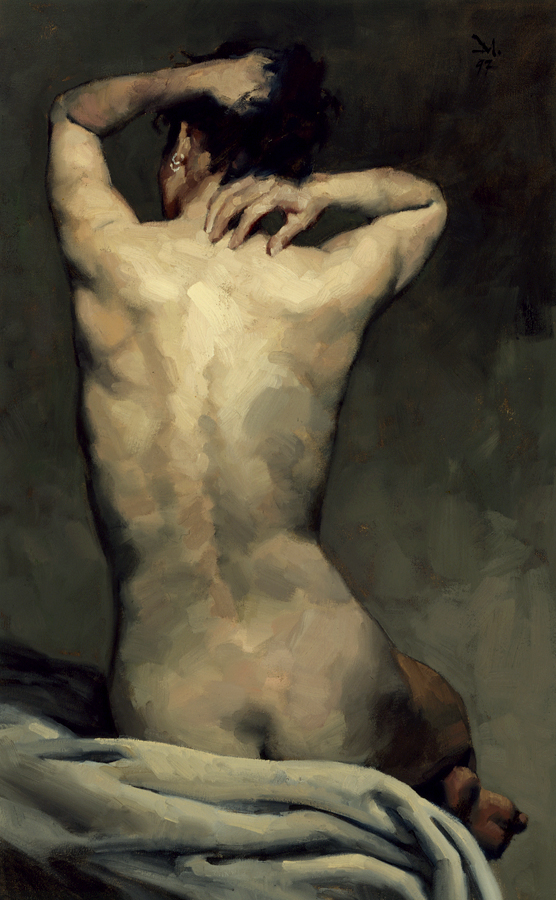
I drew pretty well because I had worked at it through grade school, and I pushed hard to get better in high school. I thought that going to an art college would be the place to really hone those skills. What I had yet to realize was that I was about to become self-taught, out of desperation.
With the conceptual art movement gaining a foothold in education, my classes were one disappointment after another. Instructors came in for two minutes, said, “draw from the model” and left—or worse, never showed up at all. “Forget how you see, paint from your soul.” “Look past the model and capture her spirit.” “The best way to become famous is to have an idea and repeat it over and over again.”
These were the statements I was supposed to learn from.
I was passionate to learn painting, especially of the figure, and I felt I could get good at it if I worked hard enough. I knew I didn’t have talent and I didn’t think of myself as gifted. Talent is built, not possessed. But if that’s what people thought I needed, then I was just going to have to learn it so well that I’d look like I had it.
I was fairly sure I didn’t know how to change the world of art. I wasn’t interested in abstracting it, or modifying it, because I first knew I had to get a grasp of how it worked. I was fairly certain that the instructor that told me painting was dead knew it was dead for him. He may have given up, but the dream of painting was alive and well and living deep within me. I wasn’t about to give up. I was just getting started.
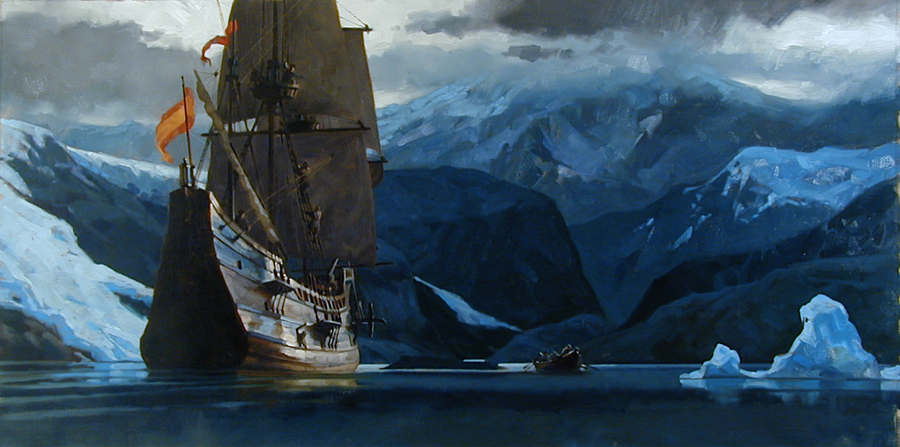
My real training began when I got out of art school. Based on the drawings in my portfolio, I got a job at an illustration studio. At Hellman Design Associates in Iowa, I absorbed everything I could from the six other artists around me who were much more skilled than I. I watched and listened, I studied everything they did. It wasn’t easy. I failed in front of them, in miserable ways, but I couldn’t give up. Each mistake was meticulously studied and not repeated. I learned on a daily, sometimes hourly, basis.
After two years, I left the studio to freelance. I had to push myself out, but I was young, aggressive, and ready to show off. Constantly changing, I studied and developed multiple styles. I often reinvented myself to stay viable in art business and the illustration market, which kept me moving, learning to see. I wasted ten years of work until two agents in New York City, flipping through my very versatile portfolio filled with printed samples, shoved my book back in front of me and said, “you do so much, we’ve forgotten what you do already.”
That’s the moment I realized, I wasn’t doing what I wanted to do the most: oil painting. Over the next year, I emptied my book of everything except oil paintings. My reps told me I wouldn’t get work. But I had been told “no” since my first day at art school.

It was quite a list of things people didn’t believe I could do: I couldn’t get a full-time job, couldn’t freelance, couldn’t use oil paint in the illustration field, couldn’t live where I wanted and still get work, would never get into the Society of Illustrators shows (let alone win medals), never get into CA Magazine. Over my 35-year career, I managed to do all of them.
And I survive the art business world by being self-taught.
I discovered a lot about painting in the process, but not what I expected. Painting is not an either/or endeavor for me. It’s both/and. I paint from life, I paint from photos, and I paint from my head. These all complement each other. Photos should not be off limits to a painter—you need to do whatever it takes to get the vision to the surface. Everything I see and experience is material for my work.
The martial arts taught me a lot about painting as well. Oddly, a fight is a creative endeavor. The martial artist trains to make his actions automatic so his mind can stay aware in the midst of danger, and anticipate what will happen next. We don’t point and say, “Look at those two people fighting.” Instead, we describe one effort: “Look, there’s a fight.” One energy, dynamic and evolving toward an outcome.
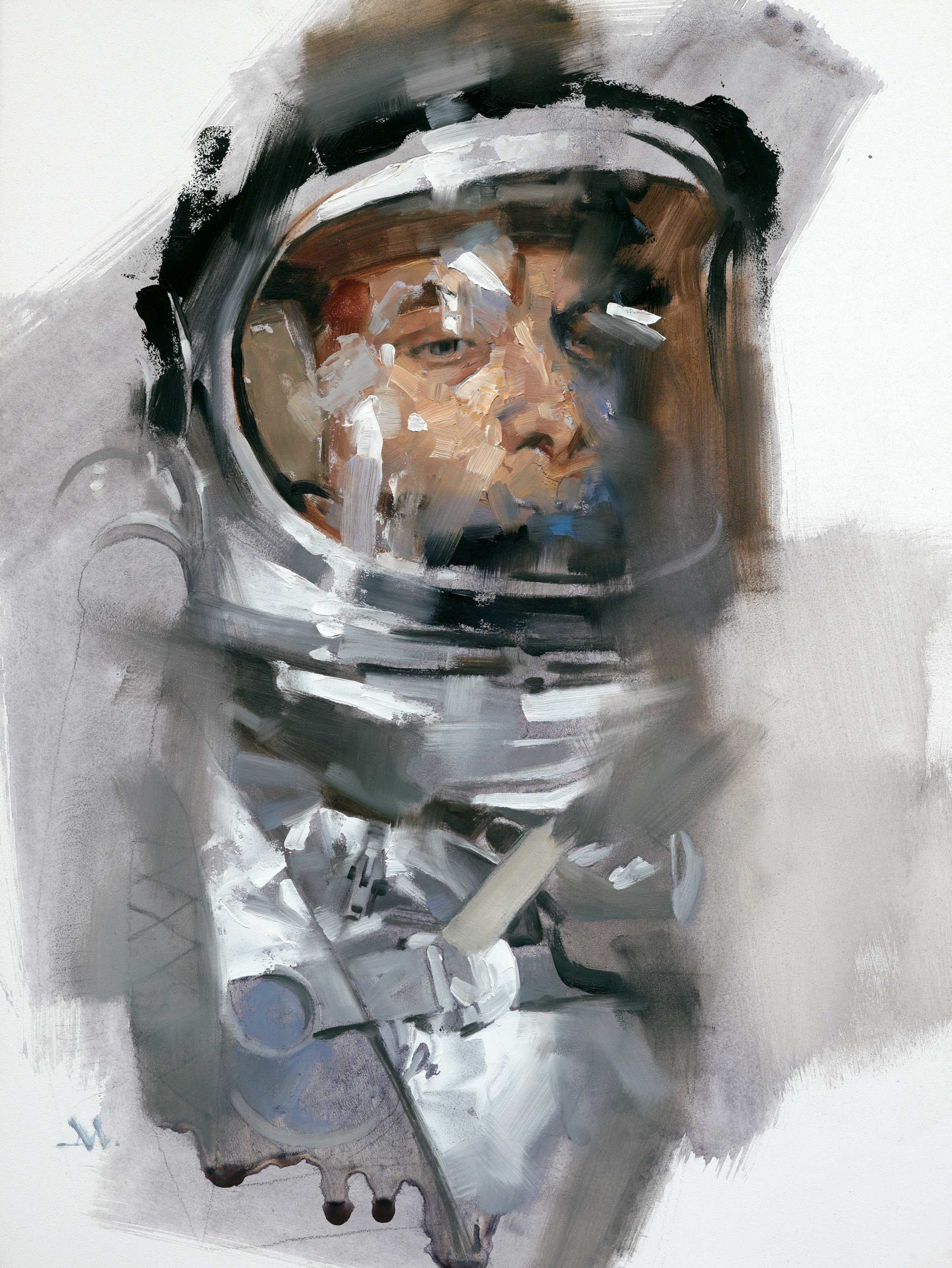
So, too, are my efforts to improve in painting. It is the training that finally allowed me to “see past the model.” It is the practice that allows me the freedom to paint while my mind dwells on the concepts of what I’m saying with the paint. Knowing my subject well is what allows me to make the next decision, reach the next plateau in my work. With time, I developed a singular voice: My voice. Once I could recognize it, I had to keep developing it, as I do even now. My work is always in the dynamic flux of growth.
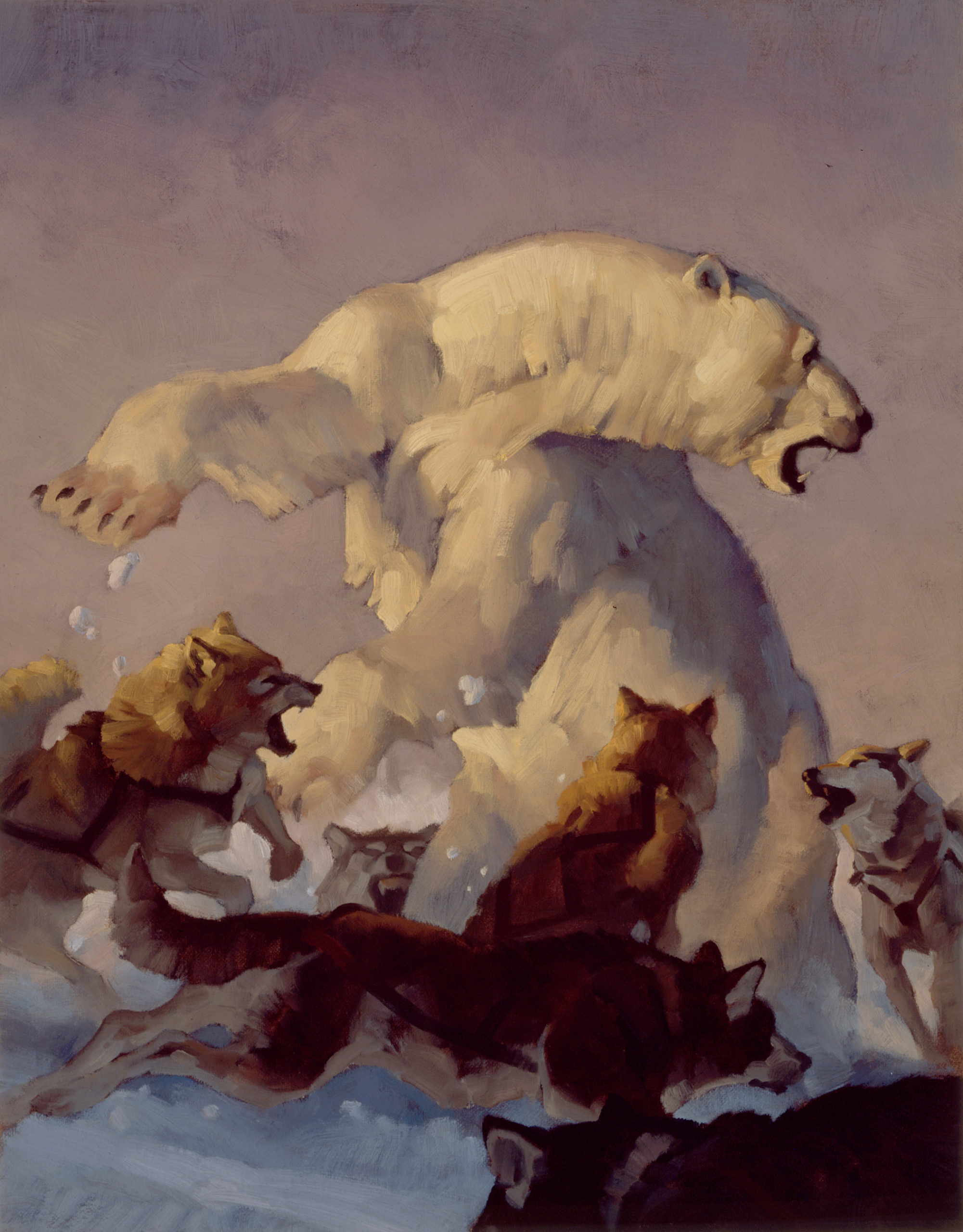
I found that creating is not about being “ahead of your time.” It’s about being a part of your time, about being so clued into your time that the work will transcend the moment and not only speak to your contemporaries, but also to future generations. The effort is to make pictures compelling, whether narrative or abstract, realistic or enigmatic. To me, trying to be original is a soulless endeavor. Instead, I strive to be authentic, to create for my experience, which ironically allows for more originality in my personal work. It isn’t complicated. It is simple and elegant.
I push my work to speak the language of the human condition. Only then can I be successful at communicating a thought, an impression, or an idea.
This article is sponsored by our sister site, ArtMarketing.com with art business tips, and the Art Marketing Minute Podcast with Eric Rhoads.
Visit EricRhoads.com (Publisher of Realism Today) to learn about opportunities for artists and art collectors, including Art Retreats – International Art Trips – Art Conventions – Art Workshops (in person and online, including Realism Live) – Art Business Advice – And More!


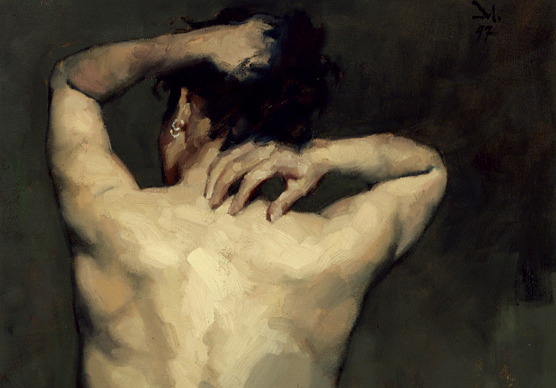



Loved the article! I could really identify with your journey. Especially the constant opinions…misguided in my head…of Art teachers. They didn’t seem to want to foster new artists but stymie them. Not all of course, my high school art teacher for 4 years was the most supportive… and that’s where I found comfort and belief in my own visions. Anyway, in addition, I absolutely love your personal direction….beautiful work! Thanks for sharing…
Kathleen
Where is this being held?
Hello! Where is what being held? I’m not sure what you’re specifically asking about… 🙂
Comments are closed.